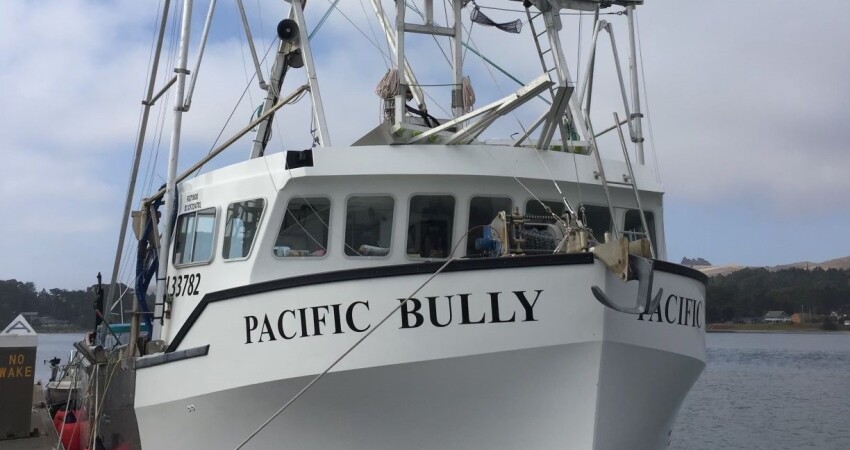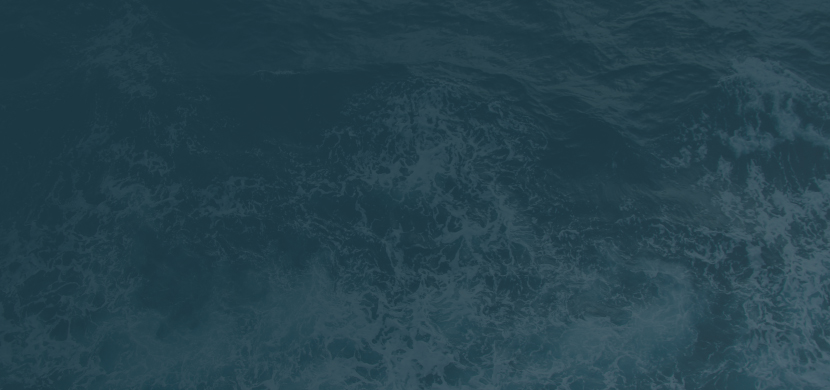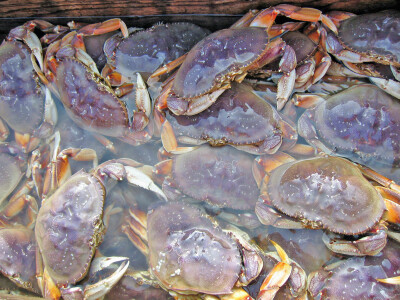May 30, 2024
Dixon Marine Group builds multi-fishery hull for Calif. fisherman

While under construction at Dixon Marine in Lower Wood’s Harbour, Nova Scotia, the Pacific Bully grew wider twice. Photo by Pacific Bully
Jerry Wetle needed a boat that could do everything in California. He found it in Nova Scotia. When Jerry Wetle of Monterey, California, wanted a boat to use in various fisheries, so he sold a couple of boats he owned and headed east. “The boat we had our eye on didn’t work out, so we started going around the harbors of Nova Scotia, Yarmouth, Pubnico, Shelburne. We found a boat we liked, and Dixon built it, so we got in touch with them and put some money down to get in line.”
Wetle’s number…

You've caught the limit!
Free membership gives you access to:
- Unrestricted access to all NationalFisherman.com articles.
- Receive in-depth reports and research on various topics related to the fishing industry.
- Up-to-date news updates from the fishing industry delivered directly to your inbox twice a week.






